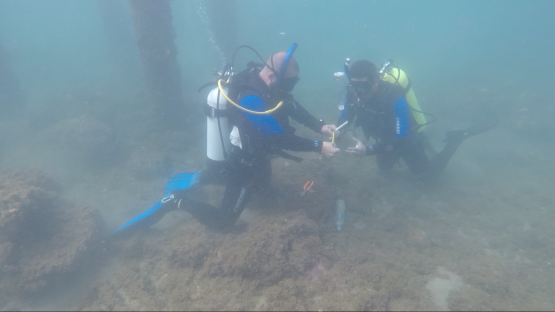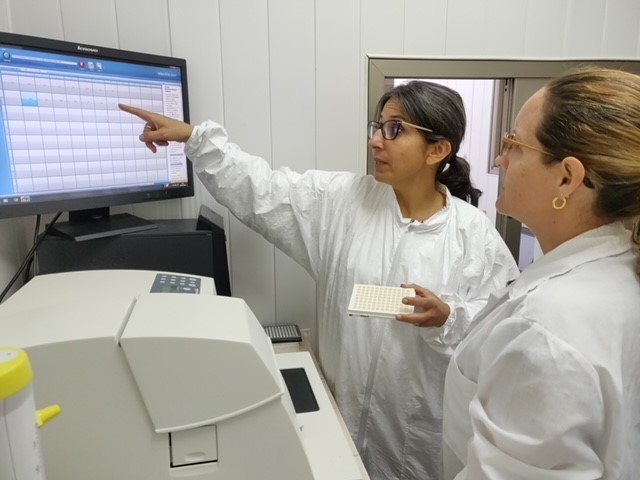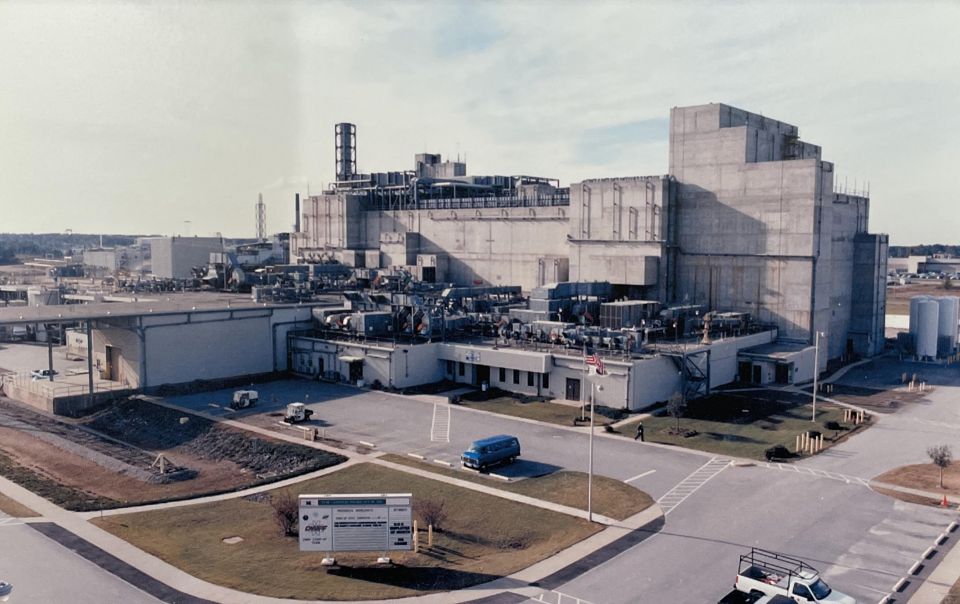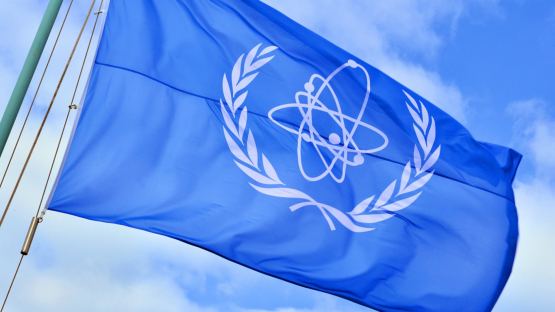The IAEA targets seafood contaminants and plastic pollution in oceans

Oceans link all the continents of the world, and fish don’t respect boundary lines. So it’s fitting that a global organization—the International Atomic Energy Agency—is helping nations detect and monitor both plastic pollution and biotoxins in marine algae that can lead to outbreaks of contaminated seafood.

CEAC researchers look for toxins using the receptor binding assay. (Photo: CEAC)
Biotoxins in the food supply: In Cuba, IAEA scientists are helping local researchers detect biotoxins—specifically ciguatoxins, which are poisons produced by harmful blooms of microscopic algae.
The IAEA described in a July 10 article that outbreaks of these harmful algal blooms (HABs) are responsible for thousands of poisonings all over the globe each year due to the consumption of contaminated seafood. Biotoxins can accumulate in the food chain, especially in larger fish. The symptoms of ciguatera poisoning can range from digestive distress to neurological symptoms such as numbness and weakness. And humans aren’t the only victims. HABs disrupt the food chain and can kill marine life and sea birds.
To address the ciguatoxin problem, the IAEA’s Marine Environment Laboratories have been building capacity for ciguatera monitoring using nuclear and isotopic techniques that can quickly identify biotoxins in seafood and accurately identify outbreaks, compared with other methods.
In Cuba: Outbreaks of algae-produced biotoxins occur mostly in tropical areas and mainly affect small island developing states, according to the IAEA. The agency has trained researchers and technicians in Cuba and other small island developing states on a new approach using a receptor binding assay (RBA) to accurately detect ciguatoxins even in samples that contain multiple toxin variants.
The transfer of this RBA technology helps local scientists monitor marine toxins more effectively. By identifying fish at high risk for ciguatoxin contamination, local authorities can make informed decisions about seafood safety to protect their citizens and maintain sustainable fisheries.
“With the right tools, ciguatera blooms and ciguatoxin outbreaks can be effectively mitigated,” said Alejandro Garcia Moya, director of the Cienfuegos Center for Environmental Studies (CEAC). “The IAEA workshops to transfer knowledge on marine toxin monitoring and management techniques are a key aspect in capacity building and strengthening in small islands developing states and consequently have a direct impact on the management of harmful algal blooms and their effects on our marine environments and the people relying on them.”

In Guajimico, Cuba, scientists use a unique base to sample microorganisms that could produce toxins, an important part of monitoring harmful algal blooms. (Photo: CEAC)
Plastic pollution: Like biotoxins, microplastics can build up in the food chain. And like algal blooms, masses of plastic pollution can mar waters and coastlines. But unlike algal contamination, marine plastic pollution can proliferate around the globe regardless of climate.
The IAEA welcomed experts in the fight against plastic pollution to Austria in early July to discuss the ongoing work of IAEA’s NUTEC Plastics initiative and develop an international network of high-tech laboratories that can monitor marine microplastics.
NUTEC Plastics was built on a portfolio of IAEA research and technical cooperation projects on plastic recycling using radiation technology and on marine monitoring of microplastics using isotopic tracing techniques.
Global approach: At the meeting, IAEA director general Rafael Mariano Grossi said that the agency will focus on building a global network of laboratories to monitor microplastics, share best practices, and develop protocols. “Nuclear technology can help us address the challenge of microplastics with unprecedented precision and effectiveness,” Grossi explained. “The global threat posed by plastic waste requires a global approach. It requires collaboration, partnerships and coordinated action.”
Sixty-one countries were represented at the meeting and are participating in an IAEA technical cooperation program that aims to establish a network of laboratories around the world by the end of 2027 with the capacity to monitor microplastics in the ocean and to identify trends through the exchange of data and best practices.
The participants plan to develop protocols for marine monitoring, build specific national capacities to report on the status and trends of plastic pollution in coastal and marine zones, and report densities and types of microplastics found on beaches and in seawater. In addition, the project will support 50 countries to become national or regional hubs for training and analysis, according to the IAEA.







